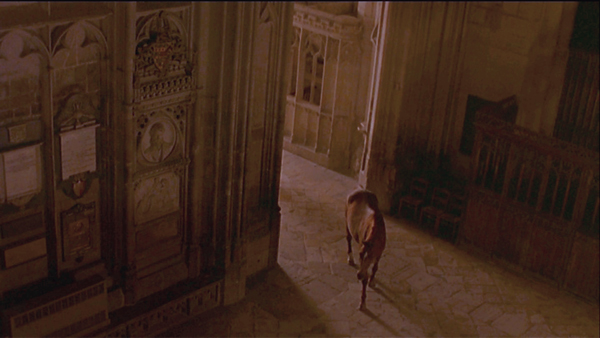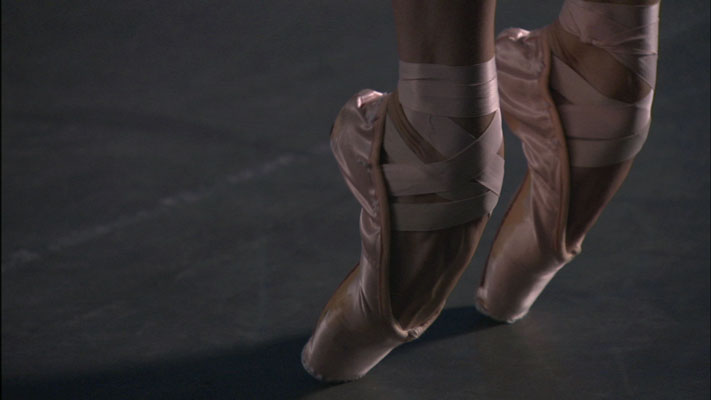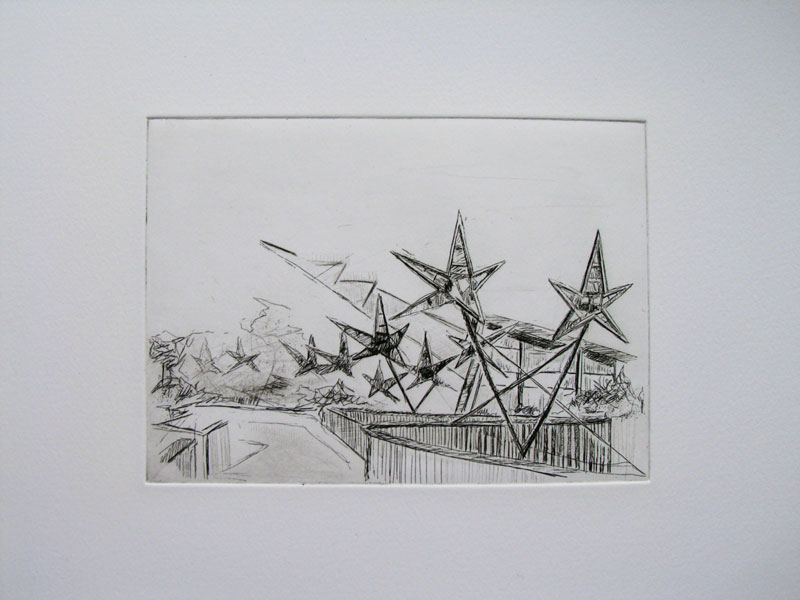|
Kathleen Herbert : VOLTA NY 2010 |
 |
|
Kathleen Herbert Stable 2007 |
|
4 - 7 March 2010 |
| For VOLTANY 2010 Danielle Arnaud presents the work of Kathleen Herbert, a British artist who uses the medium of performance and documentary to question and engage with the historical and contemporary functions of space. Often she finds an obscure historical footnote that she then explores to unlock a space’s unique atmosphere and identity. Her work draws on the conventions of documentary and film to build a series of narratives, often by redefining location and scale or through a layering of details. She creates a sense of intrigue, never quite exposing the full extent of the situation or story which she is telling. |
| Stable, a 16mm film, was produced in response to a residency at Gloucester Cathedral. For one night the artist brought horses into the Cathedral to walk freely through and explore the architecture of the space re-enacting an historical event from the commonwealth period. Through use of the uncanny, the film blurs boundaries between fact and fiction, myth and reality, investigating ideas around superstition, rituals and histories. Hebert draws out the apparent uninteresting or unspoken, redefining social, political, historic spatial narratives. |
 |
|
Kathleen Herbert De Magnete 2009 |
| De Magnete is a 16mm film responding to the theories of 16th c. scientist William Gilberd. The piece is a poetic interpretation of Gilberd's belief that the world possessed a soul and his related discovery of electrical properties through amber. His central hypothesis was that the Earth acted as a giant magnet. Having proved the Earth to be an immaterial magnetic force, Gilbert credited it with a soul, understanding these properties as the reason it rotated around its axis. De Magnete was commissioned by firstsite in Colchester |
 |
|
Kathleen Herbert Limelight 2009 |
| Limelight is a video piece specially commissioned for permanent exhibition at The Royal Opera House in London. The starting point was Herbert’s discovery that limelight was first used by a theatre on the site in 1837. In her film, a ballerina shines a light, catching glimpses of both backstage and the auditorium. The only sound is of her pointe shoes striking the floor. “It’s quite raw and hard,” Herbert says. “Dancers look so weightless, but they come off stage bent double in agony, gasping for breath. The noise could sound quite incongruous, which I like.” -excerpted from a conversation between the artist and David Jays in The Sunday Times 30/08/09 |
| Born in 1973, Kathleen Herbert lives and works in London. She has received several major awards from the Arts Council England South West, British Council and Bristol O’Porto Association. In 2005 she was nominated for the Becks Futures Award and has recently been awarded a development bursary from Film & Video Umbrella. She has exhibited both nationally and internationally most recently she has had solo exhibitions at Vita, Kuben (2009), Umea, Sweden First Site (2009)Colchester, UK, Hå gamle prestegard, (2009), Norway Royal Opera House, (2009)Covent Garden, London, UK, Danielle Arnaud Gallery, (2008) London, UK. She has participated in the exhibitions Don’t Open this Door if You can’t Close it, V22 , (2008)London, UK Art Trail, Big Chill Festival Estnor Castle, (2008) UK, Digitale Poezie, Sint Lukas Gallery (2008), Brussels, Belgium, We used to be painters, Plan 9, (2008)Bristol, UK. |
| New work for VOLTA NY 2010 |
 Expo 58 etching |
| In her new body of work Kathleen Herbert has been exploring, through etchings, sculpture and video (in progress), the architecture and cultural impact of Expo 58, the world's first trade fair in Brussels in 1958. |
| Held within the context of reconstruction, the Cold War and decolonisation, the intention of the World’s fair was to prepare an inventory of the scientific, technological and cultural achievements by mankind. It was a response to the needs of civilisation and placed emphasis on optimism looking towards a more humane world. These ideals were expressed through architecture and none of the buildings achieved this purpose more than,
The mighty Arrow of the civil engineering, a famous eighty-metre cantilevered arrow made from reinforced concrete and Le Corbusier’s Philips Pavilion. The Philips Pavilion showcased a spectacle that remains a landmark in multimedia production, an audio-video extravaganza with an electronic score by Edgard Varèse and a musical interlude by Iannis Xenakis; it was a demonstration of cutting edge technology in the service of the arts. Architecturally the Philips Pavilion was based upon the geometry of the hyperbolic parabola and was visualised through a system of pre-cast concrete panels that form the image Strabed. The architecture of the pavilion is explored in Reversion of the Catenary; a walled based sculptural work. Using a sterostatic model technique devised by Gaudi, the floor plan of the Pavilion is used as a base for a series of weights and strings which are suspended and form an imaginary architecture. In 2010 Kathleen Herbert will be making a new film which will explore the technological role of the Philips Pavilion in the service of the arts. |
 |
| >home |